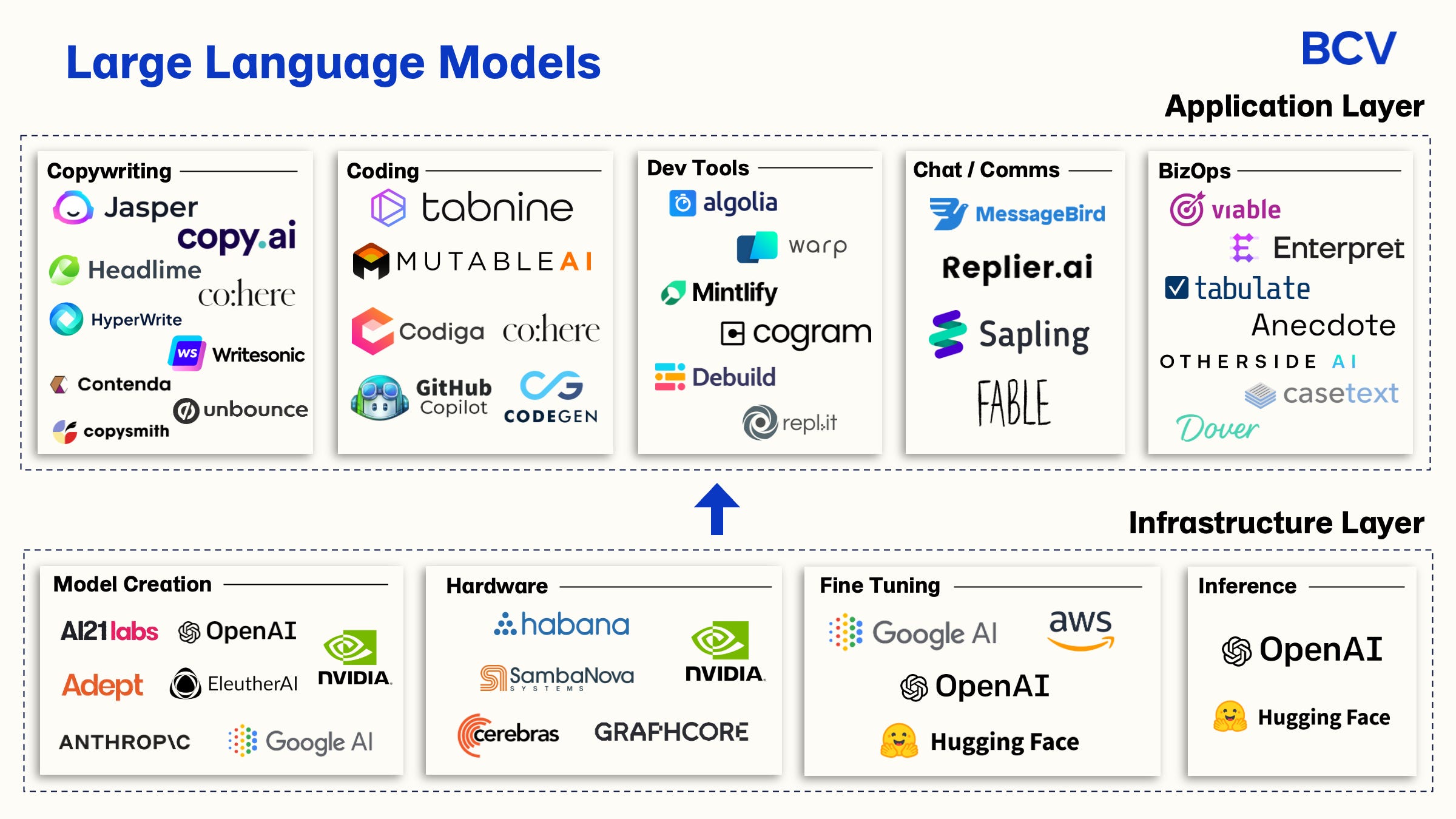
AI-Powered Language Models Revolutionize Conversation and WritingAI-Powered Language Models Revolutionize Conversation and Writing In the realm of human communication, artificial intelligence (AI) has emerged as a transformative force, revolutionizing the way we converse and express ourselves through writing. Driven by the advent of AI-powered language models, the boundaries of language technology have been pushed to unprecedented heights. Conversational Enhancement Language models have ushered in a new era of natural language processing (NLP), enabling computers to engage in seamless, human-like conversation. These models leverage vast datasets of human language to learn the nuances of language, including grammar, syntax, and context. As a result, AI-powered chatbots can provide personalized responses, understand the intent behind queries, and offer engaging conversations. This technological advancement has revolutionized customer service, where chatbots handle inquiries quickly and efficiently, freeing up human agents for more complex tasks. Additionally, language models are enhancing the experience of virtual assistants, giving them the ability to assist users in scheduling appointments, setting reminders, and providing information. Writing Revolution Beyond conversation, AI-powered language models have also revolutionized the world of writing. They offer a range of capabilities that empower writers to create high-quality content with ease. * Content Generation: Language models can generate original text based on a given prompt. This feature enables the creation of marketing copy, product descriptions, news articles, and even creative fiction. By analyzing patterns and relationships within language, these models produce content that is grammatically correct, stylistically appropriate, and tailored to specific audiences. * Language Enhancement: Language models provide powerful tools for improving the clarity, coherence, and impact of written content. They can detect errors, offer suggestions for rewording, and optimize sentence structure. This automated assistance helps writers refine their language, ensuring their writing is polished and effective. * Translation and Summarization: Language models facilitate communication across linguistic boundaries by translating text between languages seamlessly. They can also condense large volumes of information into concise, informative summaries, making it easier to digest complex topics. Benefits and Applications The applications of AI-powered language models extend across a wide range of industries, including: * Education: Language models enhance language learning experiences, providing personalized feedback and language practice opportunities. * Healthcare: They power AI-enabled medical assistants that assist healthcare professionals in diagnosing illnesses, providing treatment options, and communicating with patients. * Law: Language models help legal professionals analyze documents, identify key terms, and predict case outcomes. * Marketing: They optimize marketing campaigns by creating personalized content that resonates with target audiences. Challenges and Future Directions While AI-powered language models have made significant strides, there are still challenges to address, such as bias and ethical considerations. However, ongoing research and advancements promise to further enhance these models’ capabilities. In the future, we can anticipate language models that: * Understand and generate text in multiple languages seamlessly. * Capture the nuances of human conversation, including humor, sarcasm, and abstract concepts. * Enhance creativity, collaborating with writers to develop unique and engaging ideas. Conclusion AI-powered language models have revolutionized the landscape of conversation and writing. They empower writers, enhance communication, and unlock new possibilities for human expression. As these models continue to evolve, we can expect even more transformative applications and a future where language technology empowers us to communicate and create in ways we never thought possible.
Posted inNews